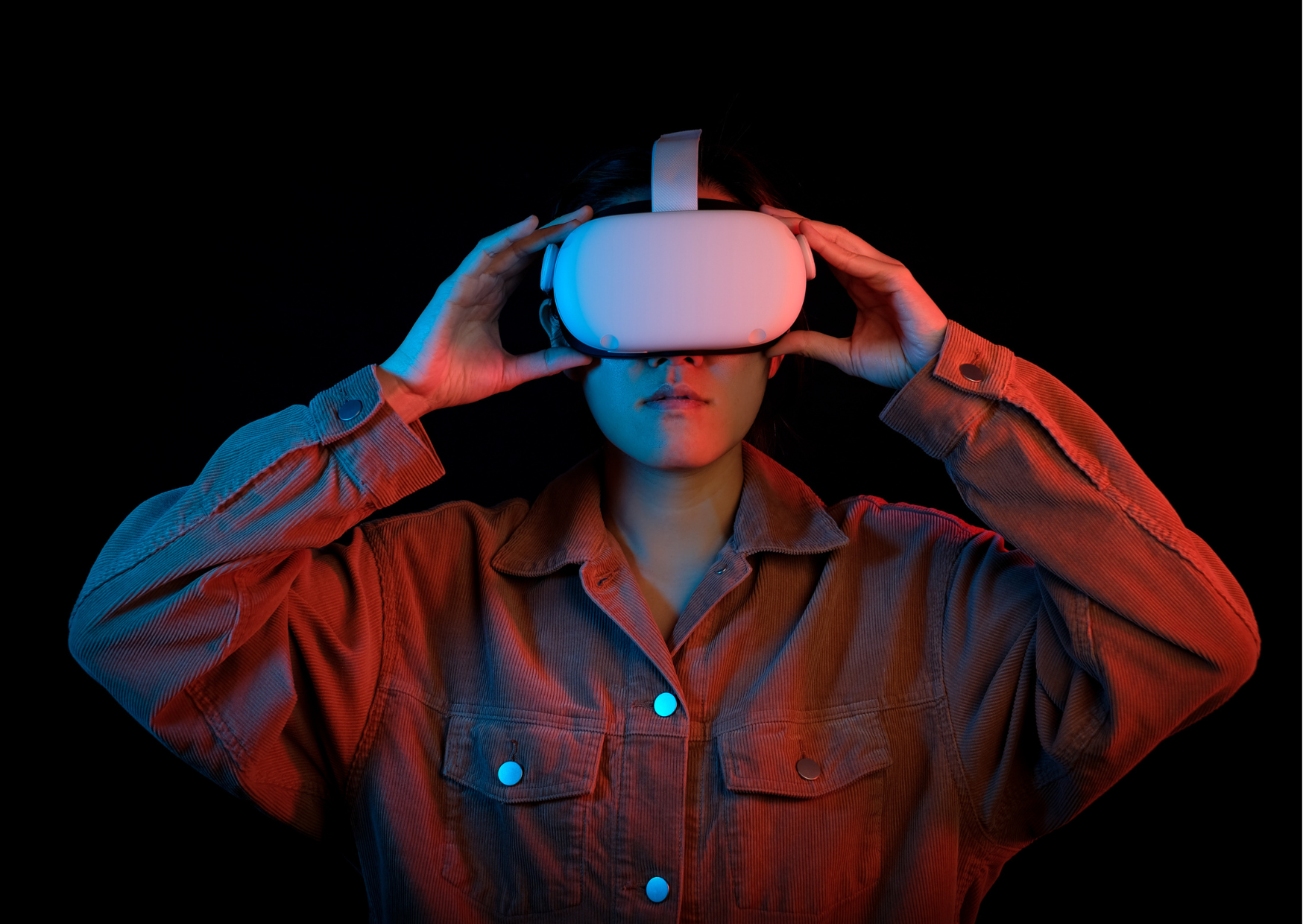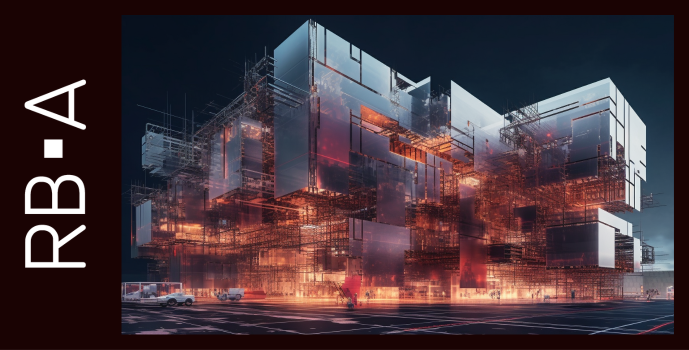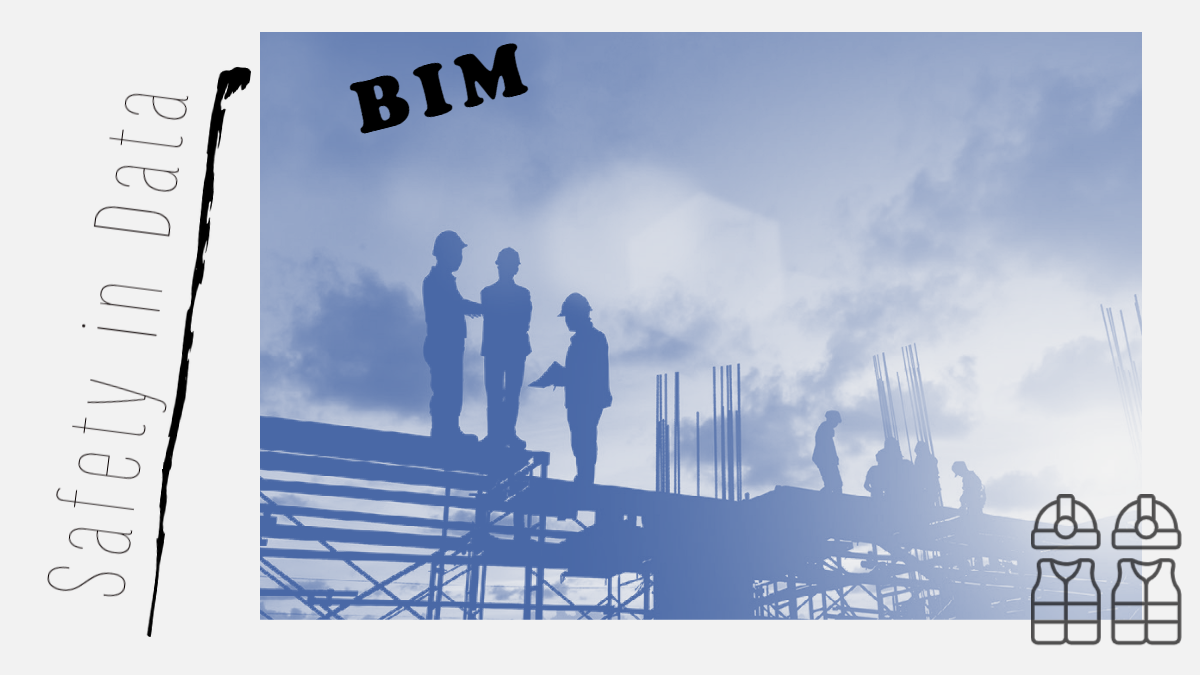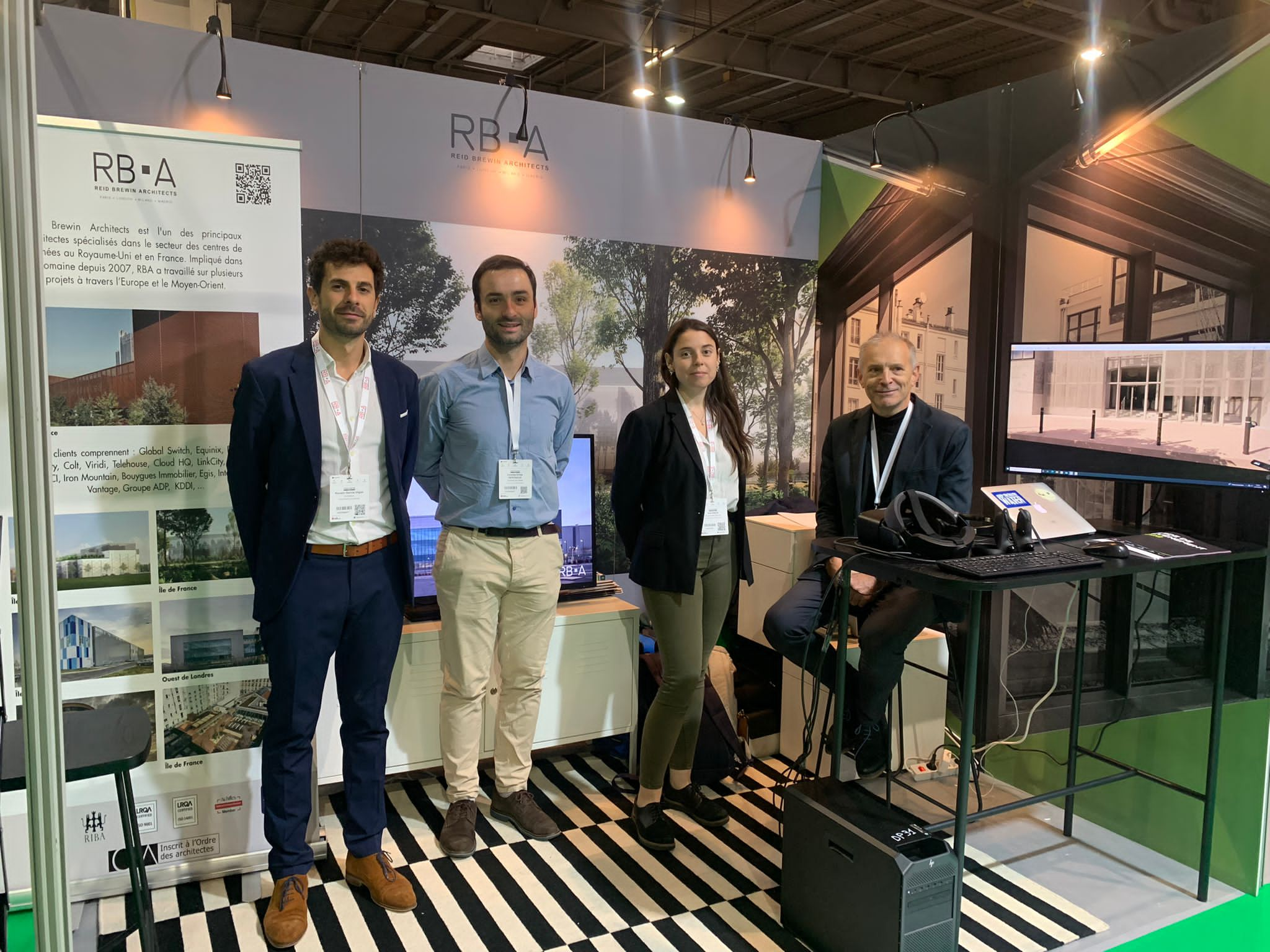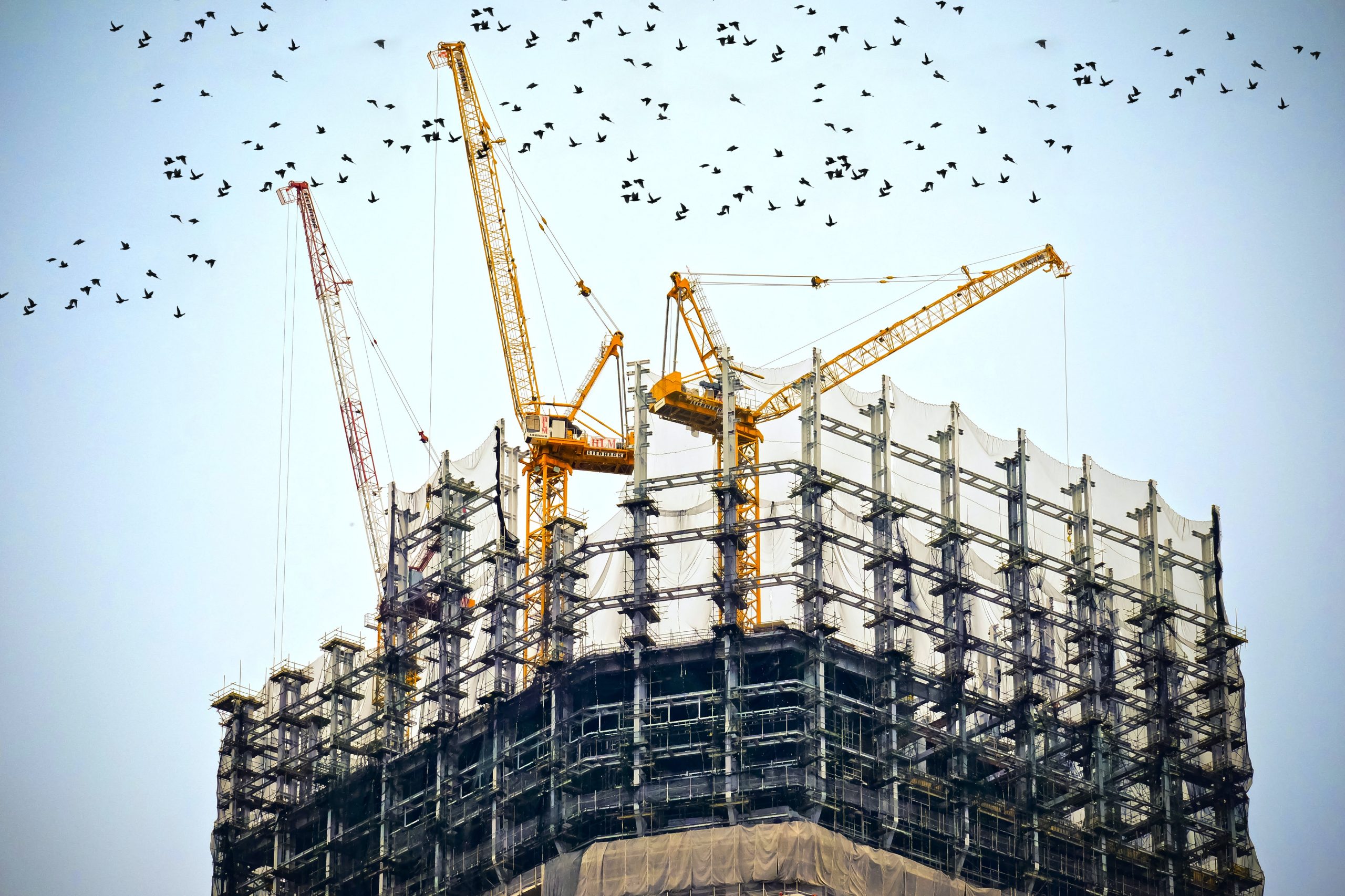Five things to consider when designing for SciTech
Reid Brewin Architects is well-known for its expertise in designing for science and technology, with a dedicated in-house research and design team led by Gerald Darmon.
With extensive experience in the world of SciTech, so we thought we would find out where you begin when it comes to SciTech design. Gérald Darmon, head of science and technology at DDRA and consultant for Reid Brewin Architects shares his thoughts.
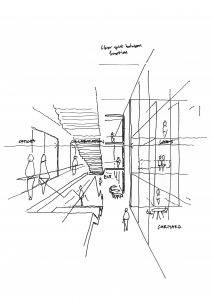
- Research understanding
This may sound a rather obvious place to begin, but it’s critically important. As a team, we must fully understand the client’s brief as well as the needs of the end user – the two of which may be slightly different.
As architects, it’s essential to be able to balance the ‘grand vision’ of the property owner, with the functionality and sensory elements required by those who will move through the space from day to day. Only once these points are fully appreciated, can design work begin.
- Process development
Of course, once ‘pen is put to paper’ this isn’t where plans start and finish. Designers and architects will constantly reassess and adapt as the brief and design evolves in tandem.
Practicalities may require flexibility within elements of the structure, so an open mind is a must – particularly as new information becomes available. Often, the right strategy emerges from constant reassessment of layouts and ongoing discussion around process users’ methodology – as well as challenging such ideas where needed.
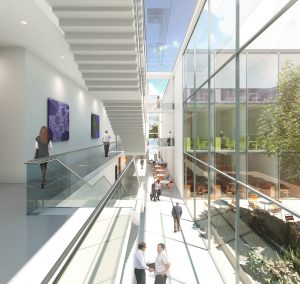
- Wellbeing and creativity spaces
Never has it been more apparent that wellbeing must be considered throughout an entire building. This is particularly important in structures which can suddenly feel intimidating and oppressive. The nature of SciTech structures calls for a certain type of environment which, at times, is incredibly clinical.
While some may thrive in such surroundings, others may seek refuge in areas which offer a change of aesthetics – and are typically cited as fostering inspiration and creativity. Sealed, windowless pods with LED lighting can be counterbalanced by providing access to calming and creative spaces, with access to – or at least views of – the outdoors.
There must also be equilibrium between laboratory and office space, with appropriate amenities considered too.
- Long and short flexibility strategy
As mentioned earlier, it’s important to design the space to allow some flexibility with research, development, equipment, and energy efficiency changes in mind. While short-term changes can be predicted, the potential for adapting a building to advancements in HVAC solutions, or expanding the footprint must also be considered too.
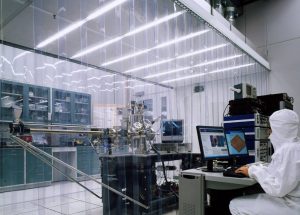
For example, if an occupier were to outgrow the building in five years’ time, how easy would it be to ‘add more space’? If the construction were made of a series of ‘pods’ or ‘modules’ the feasibility of simply bolting on another section, when required, could be an element to consider.
This isn’t simply limited to the building envelope either. While the nature of materials and construction process should allow you to expand with ease – and protect efficiency – consider the services which need to be available, too, and long-term access to those.
- Low-tech and maintenance planning
Delivered in tandem with the overall environmental strategy of the project, a low-tech maintenance plan derives from understanding the relationship between building upkeep and efficiency. Based on the brief and proposed design, the architect can further define the energy needs and propose a choice of technology solutions by which to refine the approach in the long and short term.
Click here to find out more about our science and technology division.



